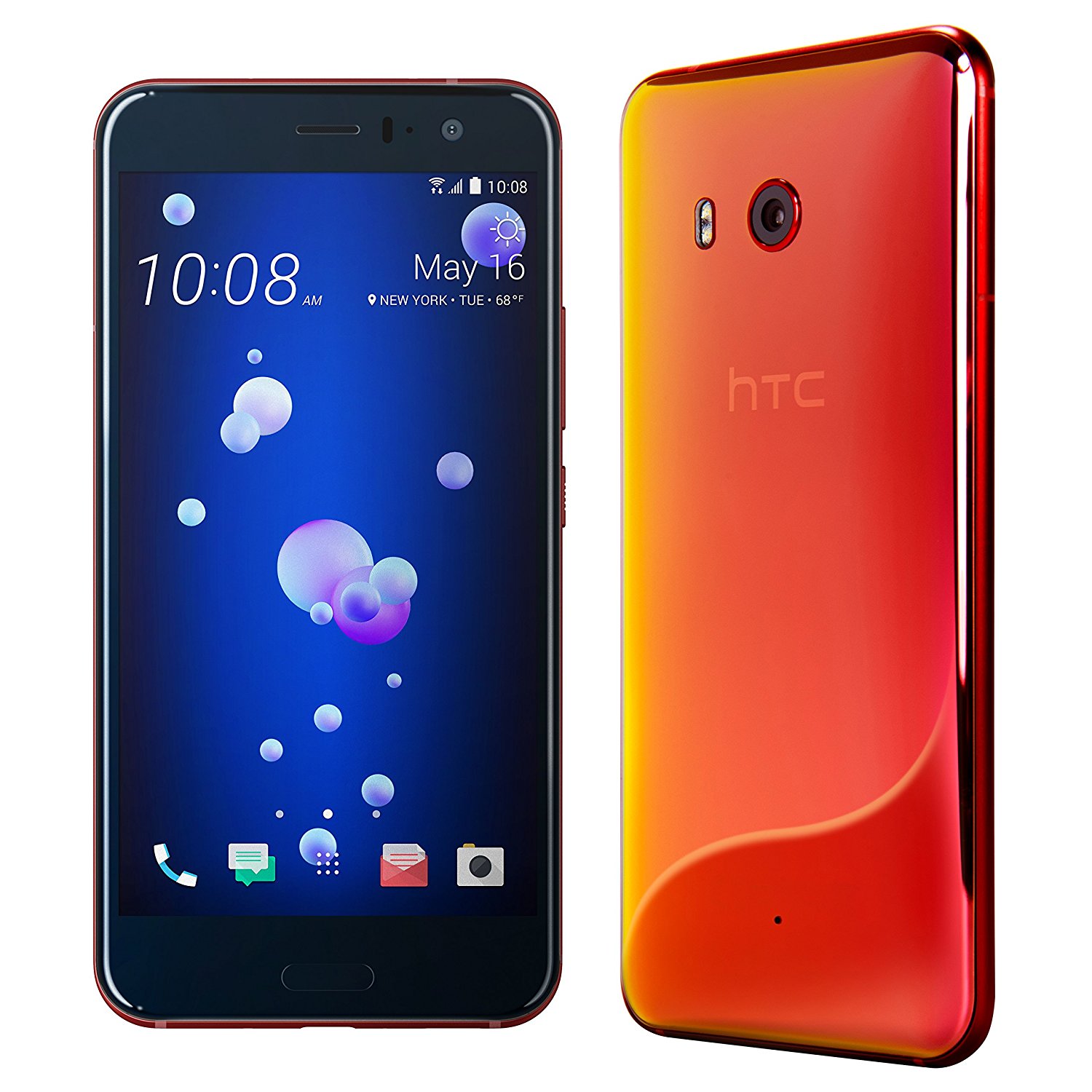Two UK ads yanked by Advertising Standards Authority
It’s an interesting day as two prominent phone manufacturers (HTC and OnePlus,) had their advertising banned in the UK by the Advertising Standards Authority.
HTC U11 ad yanked
It may come as a shock that a company that previously promised customers phone updates within a set timeframe and failed to deliver them, again and again, with no consequences, might get into hot water over misleading advertising, but that seems to be the case in the UK.
The advertising shows the IP67 phone being used by a diver in a method that would void the warranty and exceed the certification of the device.
HTC issued a statement apologizing if anyone felt mislead by HTC’s advertising showing the phone being used in a way that it can’t be used.
There is a disclaimer to not attempt such a stunt as the diver is a professional. He was presumably able to keep the phone within IP67 depth.
OnePlus 5’s Lake Blood
This one just got banned for being too gory.
Currently my computer is refusing to show any YouTube videos (time for a reboot,) so I have no comments but can direct you to the Advertising Standards Authority writeup on it.
The ASA received 28 complaints:
1. Twenty-one complainants, who believed that the content of the ad was excessively gory, challenged whether the ad was unduly distressing; and
2. Eight complainants, who believed that the content of the ad was too distressing for children, challenged whether it was inappropriately placed where children might see it.
Before stating that the ad could not appear any more, they wrote:
[BBC, Android Authority, ASA (1+) ASA (HTC)]The ASA understood that the ad was intended to be a parody of horror films. We noted that the narrative of reckless or ignorant American high school teenagers and violent masked murderers, characters that were both featured in the ad, were well known tropes used in the ‘slasher’ film genre.
We noted that in the majority of the ad, the scenes showing blood and gore, namely when the teenage boy appeared with dripping blood and a laceration on his leg, were brief and not excessive. We noted that suspenseful and unsettling music played in the background as the teenage girl encountered the masked man; it was only the scene in which the teenage boy handed the OnePlus 5 phone to the teenage girl that cheerful ukulele music began to play. We noted OnePlus’ comments that, in addition to the change in music, the jovial conversation between the boy and the girl alleviated any tension that had been created in prior scenes prior. Notwithstanding that, we noted that the masked man’s menacing laughter and grunts, as well as the noises from the chainsaw, could still be heard in the background as the ad progressed and as the masked man edged closer to the teenage characters. We therefore considered that the suspense had not been fully assuaged.
In the final scene, the teenagers’ bloody corpses were seen to have been strewn on the porch and at the front of the porch; the chainsaw and the masked man were covered in blood, whilst he was taking a ‘selfie’. We considered that some viewers would find the final image excessively graphic, notwithstanding that it was intended to be comedic. We further considered that the contrast in bloodiness and goriness between the preceding scenes, which were moderate, and the ending scene was unexpected and would be shocking for some viewers, particularly as they might have expected the preceding cut screen, in which an image of the product was shown against a white background, to be the conclusion of the ad. Because of the unanticipated amount of gore at the end of the ad, we considered that the ad was likely to cause undue distress.
Because of the nature of the ad and in particular its unexpectedly shocking content in the final scene, we considered that some adult viewers would find the ad distressing and in addition, that it was unsuitable for a child audience. We therefore considered that careful targeting was required to ensure that the ad was only shown to an appropriate audience, for example, to those who had expressed an interest in content aligned with the horror or ‘slasher’ genre, or those whose previous activity indicated that they were comfortable with viewing such content. We further considered that the ad should have been targeted in a manner that it did not appear around content that was likely to appeal to children. However, whilst we noted that OnePlus’s media plan targeted audiences above the age of 16, it had not otherwise been targeted towards audiences that were less likely to be distressed by the content, and in one instance the ad was seen by the complainant’s 7-year-old child on a video sharing platform account with parent controls settings in place, before a video that was related to Thomas the Tank Engine.
For the above reasons, we considered that the ad had not been appropriately targeted and was likely to cause undue distress. We therefore concluded that the ad breached the Code.
On both points, the ad breached CAP Code (Edition 12) rules 1.3 (Responsible advertising) and 4.2 (Harm and offence).


